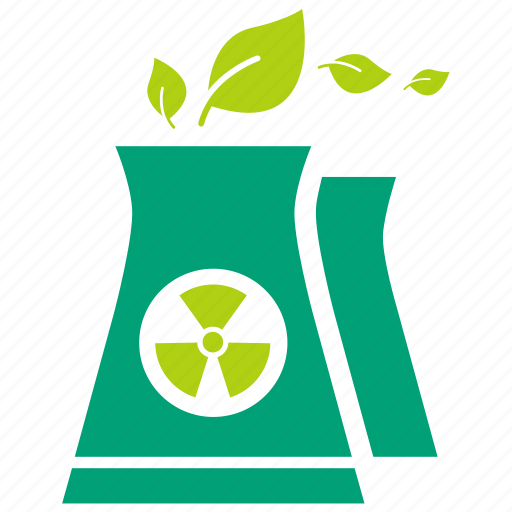A new snake-like inspection robot has been trialed at the Dounreay site in Scotland, UK, to survey confined spaces.
A team from Dounreay - the UK’s centre for experimental fast breeder research and development from 1954 until 1994 - has been working with the University of Nottingham to develop a simple, inexpensive and potentially disposable robot that could access severely restricted areas that could not be reached by workers.
Fitted with a camera, lights and finger dosemeters to detect radiation, the robot has now been trialed in one of Dounreay’s redundant laboratories, to inspect the area under a turntable that dominates the cell.
The technology was developed in response to a challenge by Game Changers, an innovation programme which finds solutions for complex nuclear industry challenges. Birchwood-based ICE9 Robotics - which specialises in customising robots for use in hazardous areas - also supported the team from Nottingham University during the deployments at Dounreay.
Nuclear Restoration Services’ (NRS) Dounreay project manager Jason Simpson said: “Surveys of the area under the turntable will be very useful to us in planning the decommissioning strategy of the laboratory.”
“It’s been a pleasure to work with the team from Nottingham and help develop this from the initial prototype to the point where it was ready for deployment within an active environment,” added NRS engineer Mark Crichton.
In 2020, a group of engineers from the Robotics and Artificial Intelligence in Nuclear Hub - a consortium of universities led by the University of Manchester - brought a small remotely-operated surveying vehicle equipped with sensors, cameras and a manipulator arm to Dounreay. Initial trials in an inactive building provided useful information, and a limited survey in the laboratories took place in 2021.
As a result of this field research, a second-generation robot called Lyra was developed, with an improved package of surveying measures including a detection system that uses lasers, multiple angle cameras, radiation probes and the ability to take swabs using the manipulator arm.
In February 2022, the robot returned to Dounreay to carry out a survey of a 140-metre-long underfloor duct which runs under the central corridor between laboratories, providing useful information that will help to solve the challenge of decommissioning it.
In June 2023, Dounreay Site Restoration Limited and the Nuclear Decommissioning Authority announced they had partnered with Createc to launch an innovative twelve-month programme of work, taking on seven different remote robotic sensing projects, across five different Dounreay teams. The projects - which span security, planning, environmental and safety use cases - all involve the deployment of Spot, a robotic quadruped.
In September last year, Spot completed a trial at the Dounreay site, where it successfully navigated an evaporator cell in the Fuel Cycle Area that had been shut off for 25 years.

